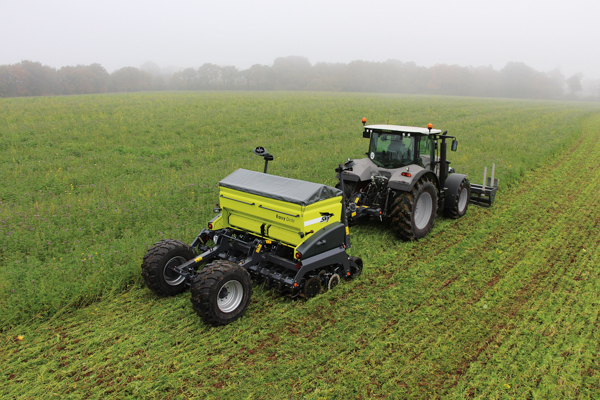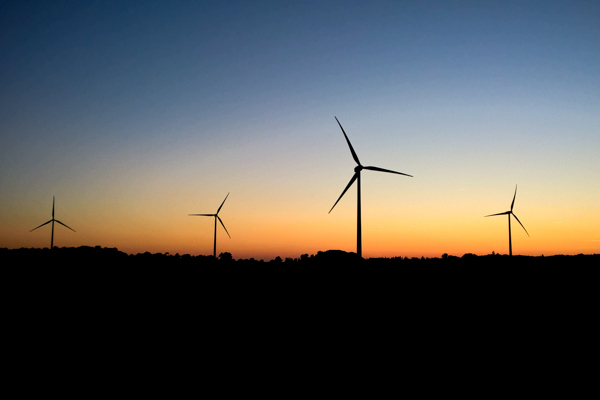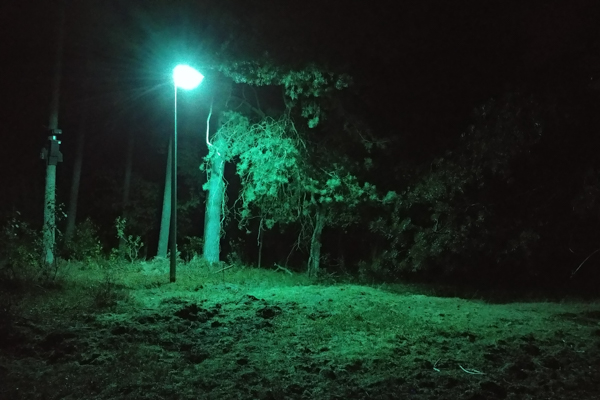Research scope
I am a biologist mainly interested in human pressures on biodiversity (communities, functional traits, behaviour) and the functioning of animal communities (population trends, species interactions, responses to the environment, using of landscape). I try as much as possible to make my work applied in order to propose solutions to limit human's footprint on ecosystems and understand what are the most effective possibilities for change in our society today. As a consequence, anthropogenic pressures on which my research are rooted often involve to work in relation with stakeholders, in order to understand the social levers to transfer my research into the real life, seeking the best trade-offs to prevent new knowledge from ever being useful in halting the decline of biodiversity.
Current projects
Effects of farming landscape characteristics on biodiversity

Related publications:
- Blary C., Kerbiriou C., Le Viol I., Barré K. 2021. Assessing the importance of field margins for bat species and communities in intensive agricultural landscapes. Agriculture, Ecosystems and Environment, 319:107494.
- Millon L.*, Barré K.*, Julliard R., Compere P. & Kerbiriou C. 2021. Calculation of biodiversity level between different land-uses to improve conservation outcomes of biodiversity offsetting. Land Use Policy, 101: 105161. * Equal contribution
- Barré K., Le Viol I., Julliard R. & Kerbiriou C. 2018. Weed control method drives conservation tillage efficiency on farmland breeding birds. Agriculture, Ecosystems and Environment, 256: 71-84.
- Barré K., Le Viol I., Julliard R., Chiron F & Kerbiriou C. 2017. Tillage and herbicide reduction mitigate the gap between conventional and organic farming effects on insectivorous bats. Ecology and Evolution, 8:1496-1506.
Understanding and mitigating impacts of wind energy on biodiversity

Related publications:
- Barré K., Froidevaux J., Leroux C., Mariton L., Fritze M., Kerbiriou C., Le Viol I., Bas Y., Roemer C. 2022. Over a decade of failure to implement UNEP/EUROBATS guidelines in wind energy planning: A call for action. Conservation Science and Practice, e12805.
- Leroux C., Kerbiriou C., Le Viol I., Valet N., Barré K. 2022. Distance to hedgerows drives local repulsion and attraction of wind turbines on bats: implications for spatial siting. Journal of Applied Ecology, 59:2142-2153.
- Millon L.*, Barré K.*, Julliard R., Compere P. & Kerbiriou C. 2021. Calculation of biodiversity level between different land-uses to improve conservation outcomes of biodiversity offsetting. Land Use Policy, 101: 105161. * Equal contribution
- Barré K., Le Viol I., Bas Y., Julliard R. & Kerbiriou C. 2019. Addendum to “Estimating habitat loss due to wind turbine avoidance by bats: Implications for European siting guidance” [Biol. Conserv.] 226, 205–214: Wind turbine impact on bat activity is not driven by siting altitude. Biological Conservation, 235: 77-78.
- Barré K., Le Viol I., Bas Y., Julliard R. & Kerbiriou C. 2018. Estimating habitat loss due to wind turbine avoidance by bats: Implications for European siting guidance. Biological Conservation, 226: 205-214.
Effects of artificial light at night on biodiversity

Related publications:
- Barré K., Vernet A., Azam C., Le Viol I., Dumont A., Deana T., Vincent S., Challéat S., Kerbiriou C. 2022. Landscape composition drives the impacts of artificial light at night on insectivorous bats. Environmental pollution, 292:118394.
- Barré K., Kerbiriou C., Ing R., Bas Y., Azam C., Le Viol I., Spoelstra K., 2021. Bats seek refuge in cluttered environment when exposed to white and red lights at night. Movement Ecology, 9.
- Challéat S.*, Barré K.*, Laforge A., Lapostolle D., Franchomme M., Sirami C., Le Viol I., Milian J., Kerbiriou C. 2020. Grasping darkness: the dark ecological network as a social-ecological framework to limit the impacts of light pollution on biodiversity. Ecology and Society, 26: 1. * Equal contribution
- Barré K., Spoelstra K., Bas Y., Challéat S., Kiri Ing R., Azam C., Zissis G., Lapostolle D., Kerbiriou K. & Le Viol I. 2020. Artificial light may change flight patterns of bats near bridges along urban waterways. Animal Conservation, 24:259-267.
- Kerbiriou C., Barré K., Mariton L., Pauwels J., Zissis G., Robert A., Le Viol I. 2020. Switching LPS to LED Streetlight May Dramatically Reduce Activity and Foraging of Bats. Diversity, 12.
Monitoring of bat populations and methodological optimizations

Related publications:
- Dubos N., Kerbiriou C., Julien J-F., Barbaro L., Barré K., Claireau F., Froidevaux J., Le Viol I., Lorillère R., Roemer C., Verfaillie F. & Bas Y. 2020. Calculation of biodiversity level between different land-uses to improve conservation outcomes of biodiversity offsetting. Biodiversity and Conservation, 30: 343-363
- Barré K., Le Viol I., Julliard R., Pauwels J., Newson S., Julien J-F., Claireau F., Kerbiriou C. & Bas Y. 2019. Accounting for automated identification errors in acoustic surveys. Methods in Ecology and Evolution, 10: 1171-1188.
Key words: Acoustic monitoring – Applied ecology – Artificial light at night – Bats – Behavioural ecology – Birds – Conservation agriculture – Conservation biology - Ecological offsetting – Farming practices – Landscape ecology – Statistical modelling – Wind energy